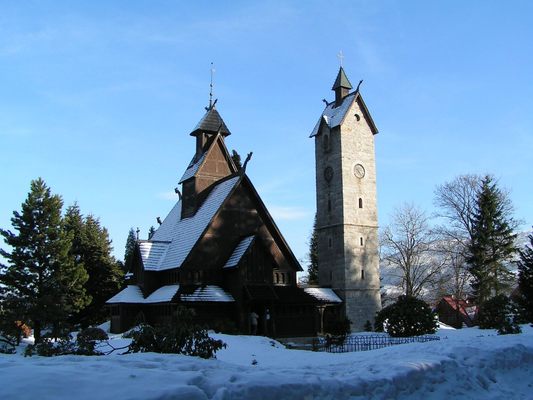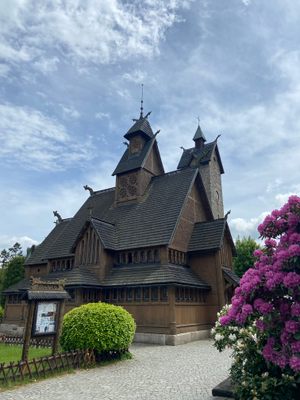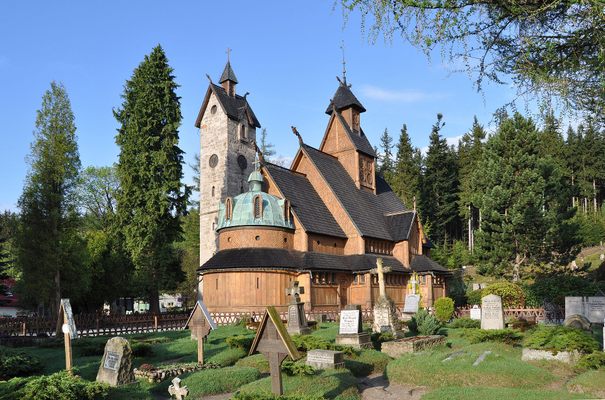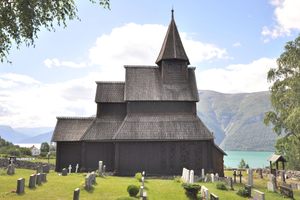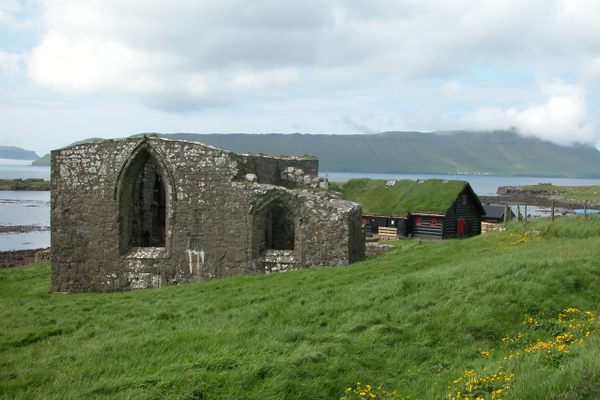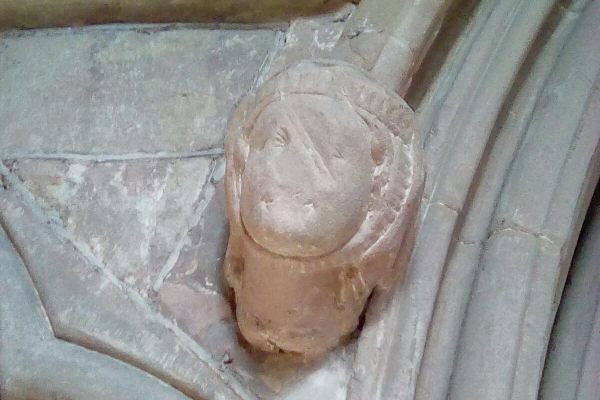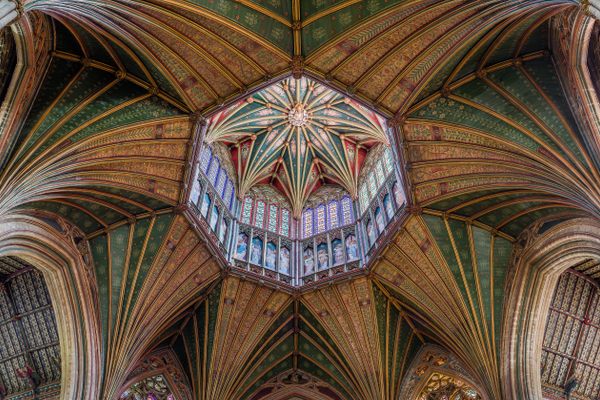About
When walking around in the outskirts of Karpacz, Poland, you’ll find a beautiful old church that seems like it belongs in a fairytale. Its architecture looks out-of-place for a reason: The building is actually an early 13th-century Norwegian church that was imported to Poland in the 19th century.
The church first stood in a Norwegian town called Vang, where it was used until the congregation outgrew it. The locals built a new sanctuary and planned to demolish the abandoned one.
Painter Johan Christian Dah visited the town in 1826 and sparked the movement to save the church. After his attempts to urge the community to preserve the church failed, in 1841 Dahl bought the church’s materials in a public auction.
The painter proposed re-erecting the church within Norway, but these plans were dismissed. It was King Frederick William IV of Prussia, a personal acquaintance of Dahl, who helped the artist craft a plan to resurrect the church outside of Norway. The church was first meant to be installed near Potsdam, Germany.
The old church was thus dismantled, packed up, and shipped to Prussia, where it eventually arrived in Berlin to be stored for the winter. It was during this time that plans for the church changed, and it was instead sent to its current location in what is now Karpacz, Poland.
The church arrived here in 1842. But unfortunately, the carpenters tasked with reconstructing the church had never seen it in its original form, which complicated matters. As such, they took some creative liberties and discarded much of the original materials in favor of new wood. Only the sills, posts, wall plates, and carved door frames were preserved. The doorways were inverted to turn the carvings inward and many of the decorations were not restored because they seemed too Catholic for a Protestant congregation. Reconstructing the church took about two years. It was finally consecrated on July 27, 1844.
Related Tags
Know Before You Go
From April 15 through October 31, visiting hours are 9 a.m. to 6 p.m. From November 1 through April 14, visiting hours are 9 a.m. to 5 p.m.
Published
March 14, 2019



